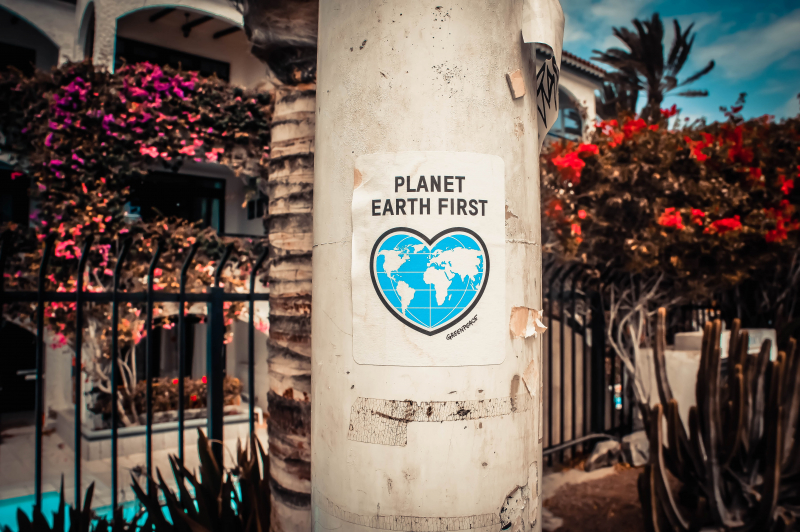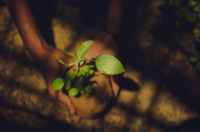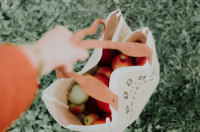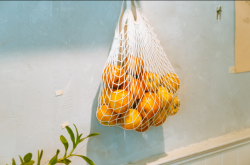Why recycle?
First things first, let’s focus briefly on why it’s important to recycle. In our globalized world of ever-growing demands and production rates, natural (and any other) resources are not limitless. More and more goods are being manufactured using energy (read electricity or oil and gas) – resulting in greenhouse emissions and expanding landfills. And if “stripping down of natural resources” doesn’t feel tangible enough, then here’s something that might: we already need almost two Earth-like planets to absorb all our waste and satisfy all consumer demands. And that’s with at least one-third of produced food annually wasted (meaning that we demand something we don’t really need in the first place). We won’t even mention the Great Pacific Garbage Patch.
Recycling helps solve this colossal problem on several levels. First, you become a conscious consumer: you opt only for products in recyclable packaging or even without any, thus making your preference known to manufacturers. Second, by collecting paper, plastic, glass, and other recyclables you let them fulfill their purpose multiple times – they will not end up in the landfill, but keep serving people. Which also brings us to the third benefit: preserving resources and natural habitats, which ensures our own sustainable development and prosperity as a species. Your “little” choice of, say, a reusable water bottle instead of a plastic one will be a step towards a better, more conscious, and greener world. Possibly helping our planet last for other generations – your kids – to enjoy it, too.
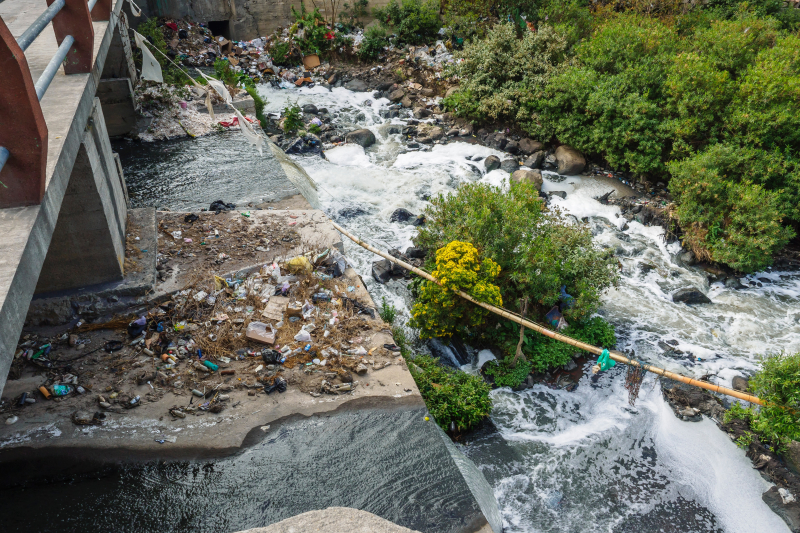
Credit: Alexander Schimmeck (@alschim) on Unsplash
So how do you do it?
Now that you are determined to save the world, it’s important to not let the variety of recyclable materials scare you. You don’t have to go zero waste overnight (though we have tried it) or even drastically change your habits right away. It will be much easier to grow as you go – starting with the three most common types that you can already recycle at ITMO:
-
Plastic
Anything from plastic cups to soda or shampoo bottles, it’s easily the largest category of all of your non-food waste. Some types are easier to recycle than others and it’s reasonable to just look for the handy labels on the goods you purchase. These stand for abbreviations of the materials used and usually have a number in the “recycle triangle” to go along with them.
What to look for: 1 – PETE/PET; 2 – HDPE; 4 – LDPE; 5 – PP.
Not recyclable (or harder to recycle): anything that has a C/ in the abbreviation (such as C/PP).
-
Glass
Included in the category are any glass jars, bottles, or containers that you would generally purchase your jams, peanut butter, or drinks in at the store. NB: Light bulbs, though made of glass, have to be recycled separately at special collection points.
What to look for: 70-74 – GL.
Not recyclable (or harder to recycle): mirrors, eyeglasses, ceramics, and glassware.
-
Paper
Here, it’s easier to say what’s not on the list, as this category is pretty self-explanatory. It’s not: paper cups, paper towels, parchment paper or waxed paper, receipts, laminated paper, or photo paper. It’s also not TetraPak (or similar) packaging. Anything else, including magazines or watercolor drawings, can be recycled.
What to look for: 20-22 – PAP.
Not recyclable (or harder to recycle): anything that has a C/ in the abbreviation (such as C/PAP).
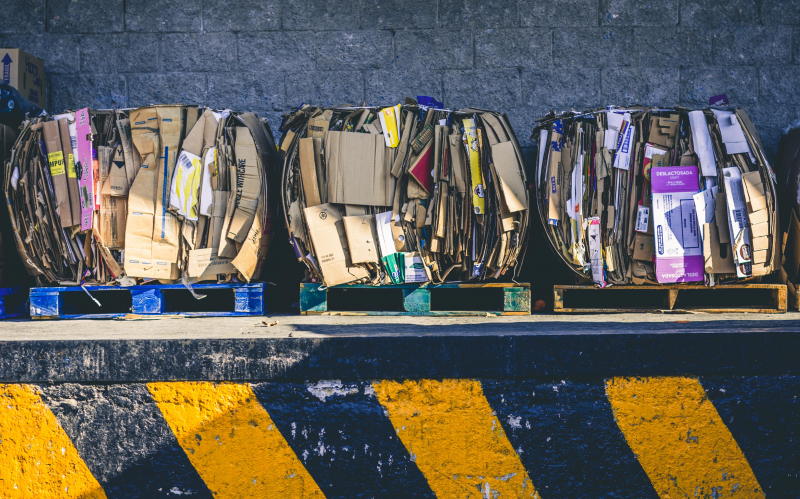
Credit: Alfonso Navarro (@poncho_nj) on Unsplash
Now, that doesn’t sound so bad, does it? You will only need three separate spaces for these materials – and you don’t even have to store them all that long; simply take them to the university next time you go to class. Don’t forget to wash all the plastic and glass items, squash any plastic bottles, and make sure that paper doesn’t have any paper clips or staples.
As for storage, a convenient solution is to have one big paper bag for paper and two boxes or tote bags for clean plastic and glass – this way you can always grab them on the go.
Pro tips: more waste categories
If you are beyond the basic three categories and ready to take one step further towards a greener future, consider sorting your waste into several additional categories. These can all be recycled at special stations that you can find all over the city (just use the handy map):
-
Soft plastic plus some rare types
Look for all the same labels as before, but this time on candy wrappers and plastic bags. These days, thankfully, such packaging is accepted at PRISMA stores (in addition to locations marked on the map above). Also, consider collecting PVC (3) plastic – you don’t encounter it as often, but when you do, the map will tell you where to take it.
-
TetraPak (and similar packaging)
All of your cartons of juice or milk can now also find a new home! Apart from the locations on the map, one sure way to recycle those is to go to one of the two MEGA stores located just outside the city (reachable by public transport): MEGA Dybenko or MEGA Parnas. NB: such packaging also needs to be washed and dried before recycling.
-
Receipts
As the ink used to print receipts is generally not really good for your lungs, it’s better not to store those if not necessarily needed. These days, you can recycle them at B12 Zero Waste or NOPLASTICITSFANTASTIC – two major eco stores in St. Pete that are always worth a visit.
-
Electric batteries
Pretty easy to collect (and better to be recycled separately anyway), batteries are accepted at some VkusVill shops and a variety of locations marked on the map (yes, it’s something of a recycling Bible).
-
Plastic credit, transport, or discount cards
We have everything in our phones now anyway, so why keep all of the once useful physical plastic cards? Especially when they can be recycled at some Tsekh 85 bakeries (and who doesn’t love a bun after saving the world?), as well as B12 Zero Waste.
-
Toothbrushes
Yes, even those heroes of our dental care can find even more applications once they’ve been recycled. Apart from B12 Zero Waste (also a sacred location for recyclers, as you can tell), these can be now handed over at some Perekrestok grocery stores (just look for a special box somewhere near the exit or in the toothpaste aisle).
-
Old clothes
It’s always great to know that your old favorite outfits can be of use to someone else – or can be turned into completely new pieces. This topic deserves it’s own extra story and we have just the one to get you all set.
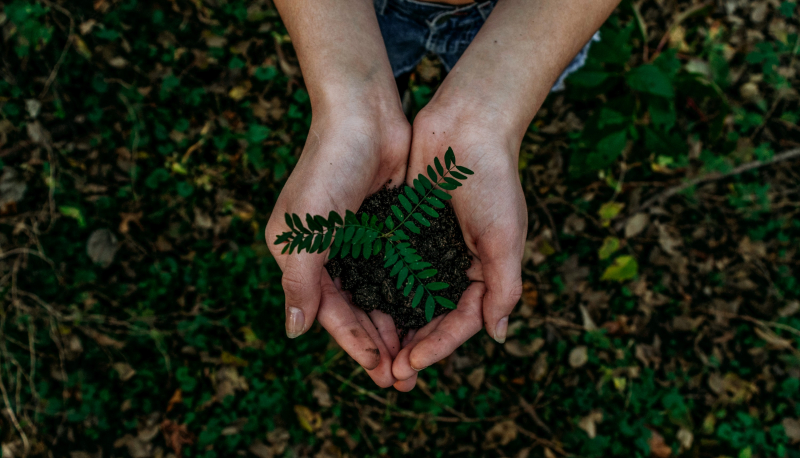
Credit: Noah Buscher (@noahbuscher) on Unsplash
What next?
The amount of things we can recycle these days is truly impressive, but the master level is having as little to recycle as possible – opting for reusable bags, bottles, or other things as much as possible.
Though we all strive for it, once again, don’t let this ideal drive you away from recycling: nobody is perfect, but it’s the effort that counts. Try incorporating the three basic waste sorting categories into your life first. See where it leads you and be open to new like-minded friends or interesting experiences. And when people at the grocery store ask you where you got that fancy reusable produce bag, you’ll know what to tell them.
If you’re inspired to learn more about recycling in St. Pete, check out this article. You can also always find like-minded eco-friendly people at ITMO.Green – they also regularly organize fun topical events, so it can be handy to follow them on VK.
